Pre-development work is well underway at the Dayton Arcade, including restoration of the iconic rotunda. The development team hopes to finally close on remaining financing this month.
Once real construction begins on the various residential, office, and retail spaces, Daytonians will look forward to an eventual grand re-opening of the complex that has been shuttered since the early 1990s. This is still a ways away, however, so for today let’s take a look at the Arcade’s original grand opening, which occurred on this day in 1904.
A huge festival to open Dayton’s new Arcade was held on March 3-5, 1904, an event which was called “the greatest charity event in Dayton’s history.”
“For two weeks nearly a thousand women toiled with enthusiastic devotion to make sure the event would go off without a hitch. Their work was hindered by the crowds of people who came to watch the booths go up” (Dalton).

The officers of the Festival Committee were Mrs. C. J. Ferneding, Miss Marie Durst, and Mr. M. J. Gibbons. Gibbons built the Arcade along with the Dayton Arcade Company, featuring Eugene J. Barney as president. Frank M. Andrews was the architect.
Arcade Festival attractions included a country store; a candy, fruit, popcorn and peanut booth; a maypole; a linen booth; a fish pond; lily and tulip gardens; a cigar stand; a German village; a gypsy camp; a trained animal exhibit; and exhibits showcasing a variety of countries from around the world.
On the day of its opening the Arcade consisted of just four buildings: the Third Street Building with familiar Flemish façade, the Fourth Street Building, and the Ludlow Street Building which all connected to the Market House in the center (later called the Rotunda).
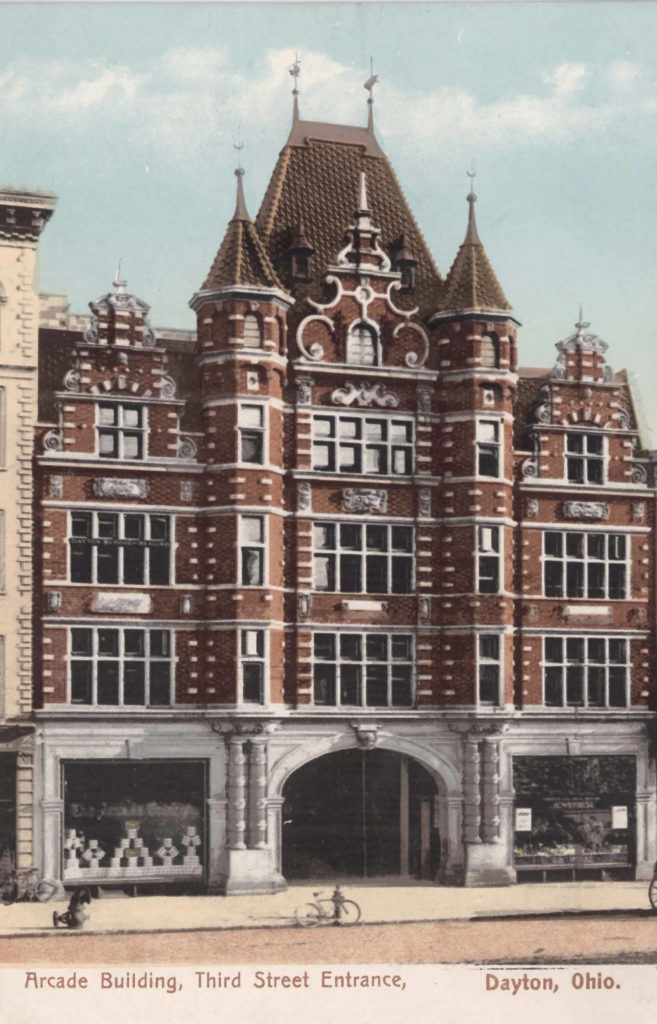
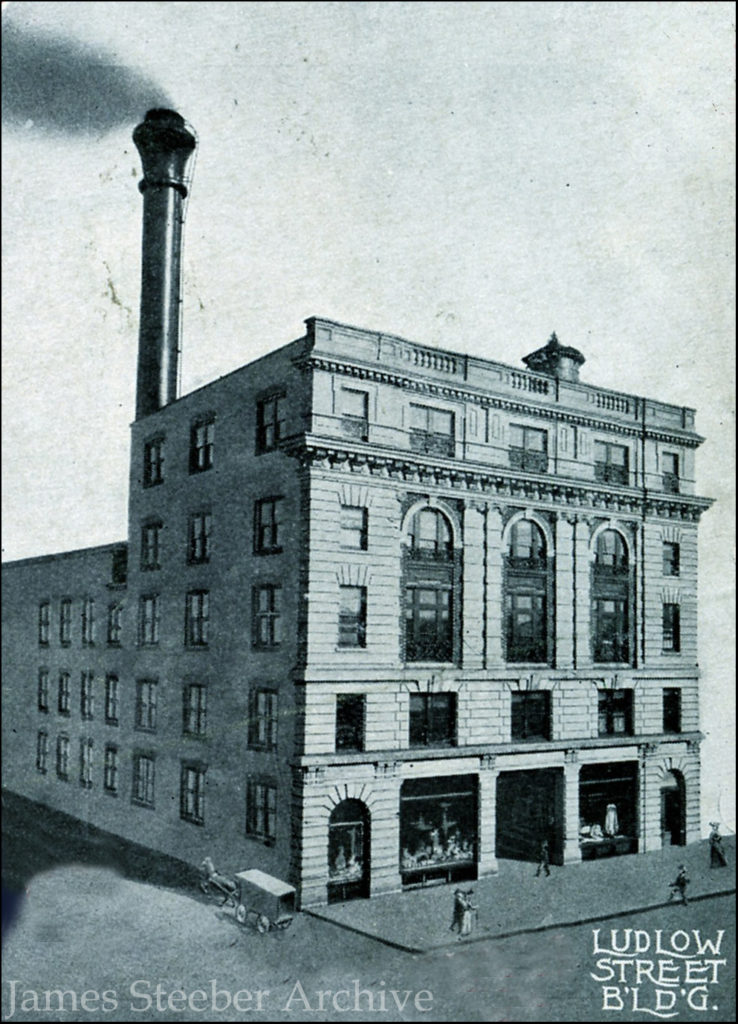
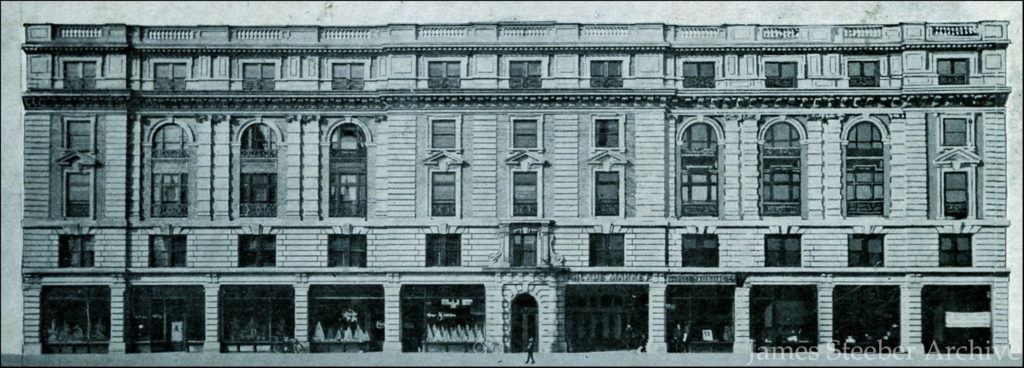
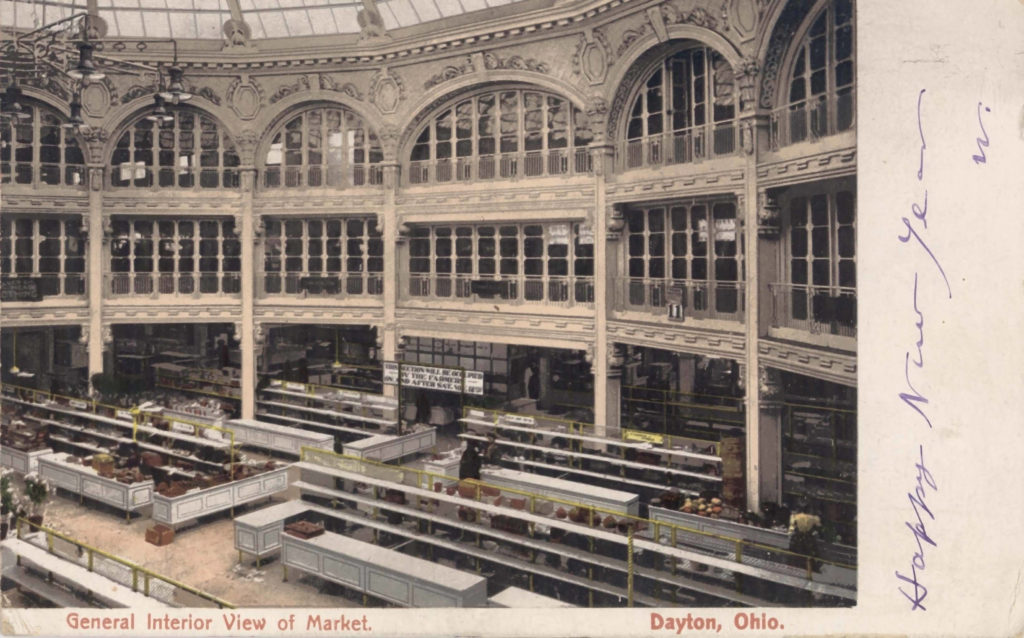
The souvenir program also described the Arcade buildings in detail:
“The buildings are of steel and concrete, fireproof construction throughout, possessing every modern equipment and convenience. The elevator service is furnished by six Otis electric elevators, and the Power Building is equipped with a complete steam heating, electric light and refrigerating plant of the most modern type.
Through each building runs spacious arcades, richly constructed of marble and mosaic tile, converging into the Arcade Market House, which, with its magnificent glass dome and beautifully decorated galleries surrounding and overlooking the Market House, is unlike any buildings in this country; artistic in conception and perfect in execution.
The buildings contain–
36 Store Rooms
136 Offices
36 Apartments
16 Housekeeping Apartments
20 Bachelor Apartments
200 Market Stalls for meat, fish and oysters, dairy products, vegetables and general produce, and 12,000 square feet of cold storage.”
At a time when the Arcade is set to be redeveloped as a mixed-use complex, it’s interesting to note that it has already served that purpose going back to day one.
The souvenir program is also packed full of advertisements of some of Dayton’s iconic companies of the day, including NCR, Rike’s, Barney and Smith, and many more:
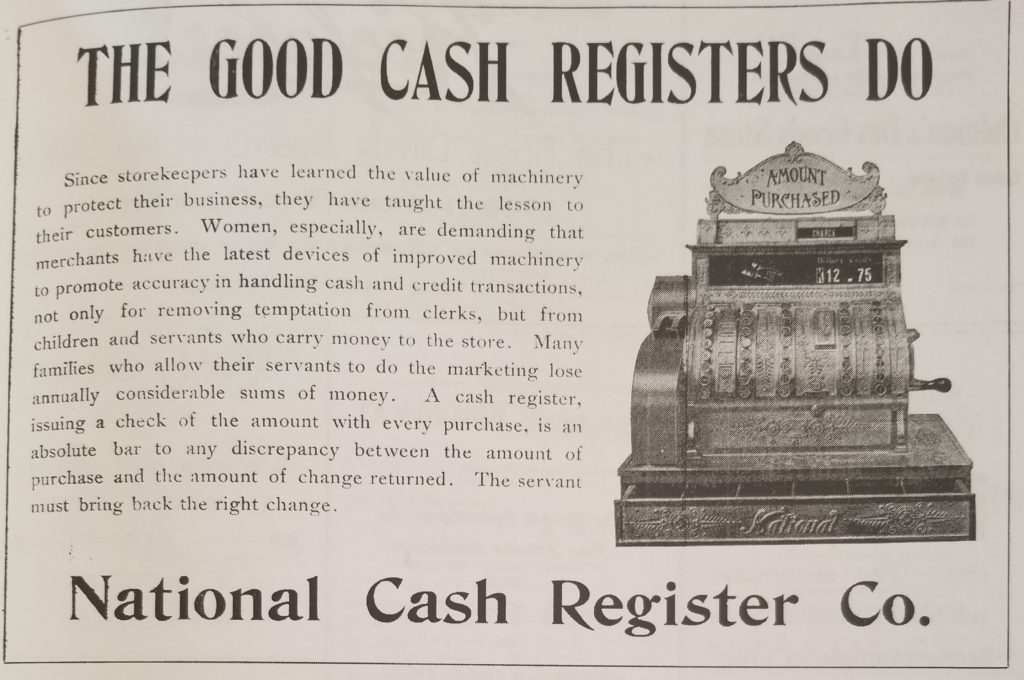
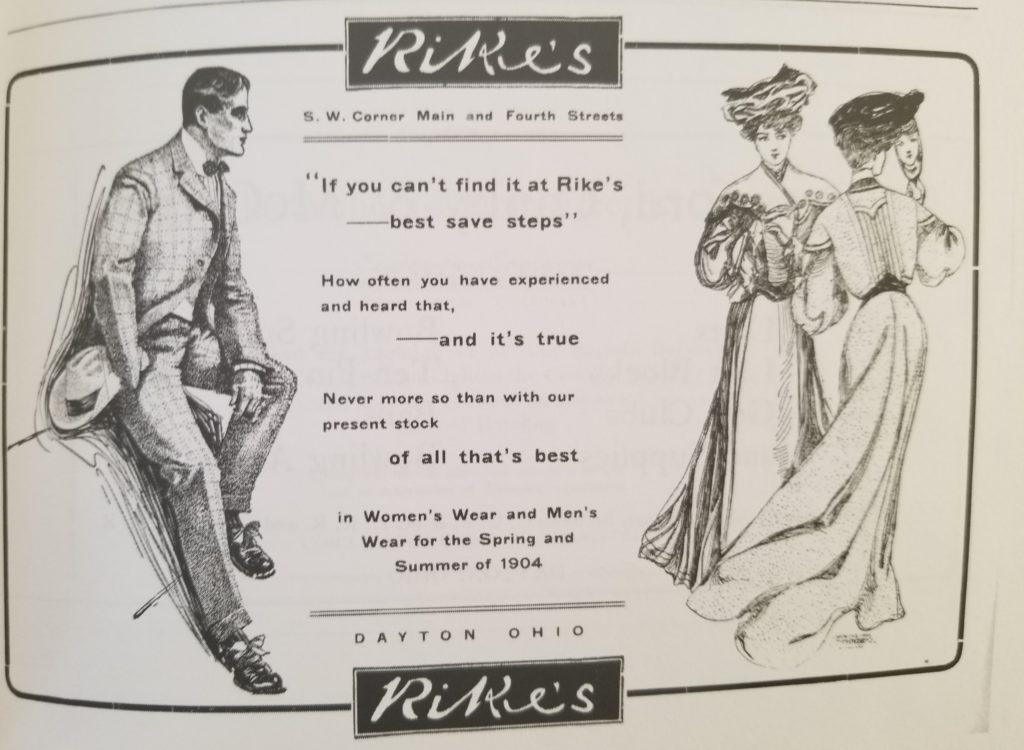
Happy 115th Birthday, Dayton Arcade!
Sources
The Dayton Arcade: Crown Jewel of the Gem City. Curt Dalton/Friends of the Dayton Arcade. 2008.
Souvenir Programme of the Arcade Festival. 1904.
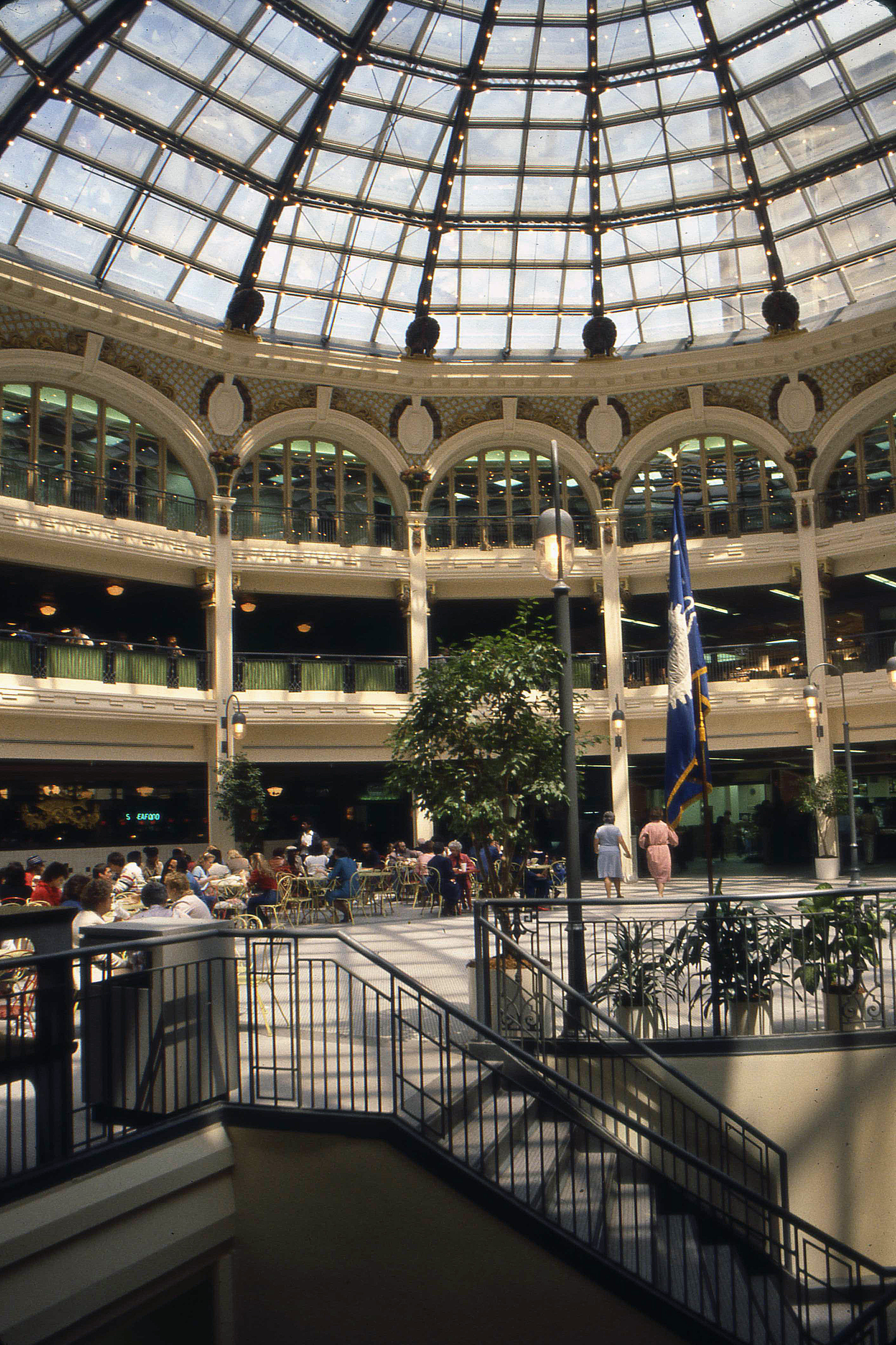
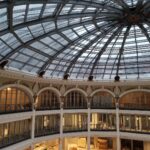
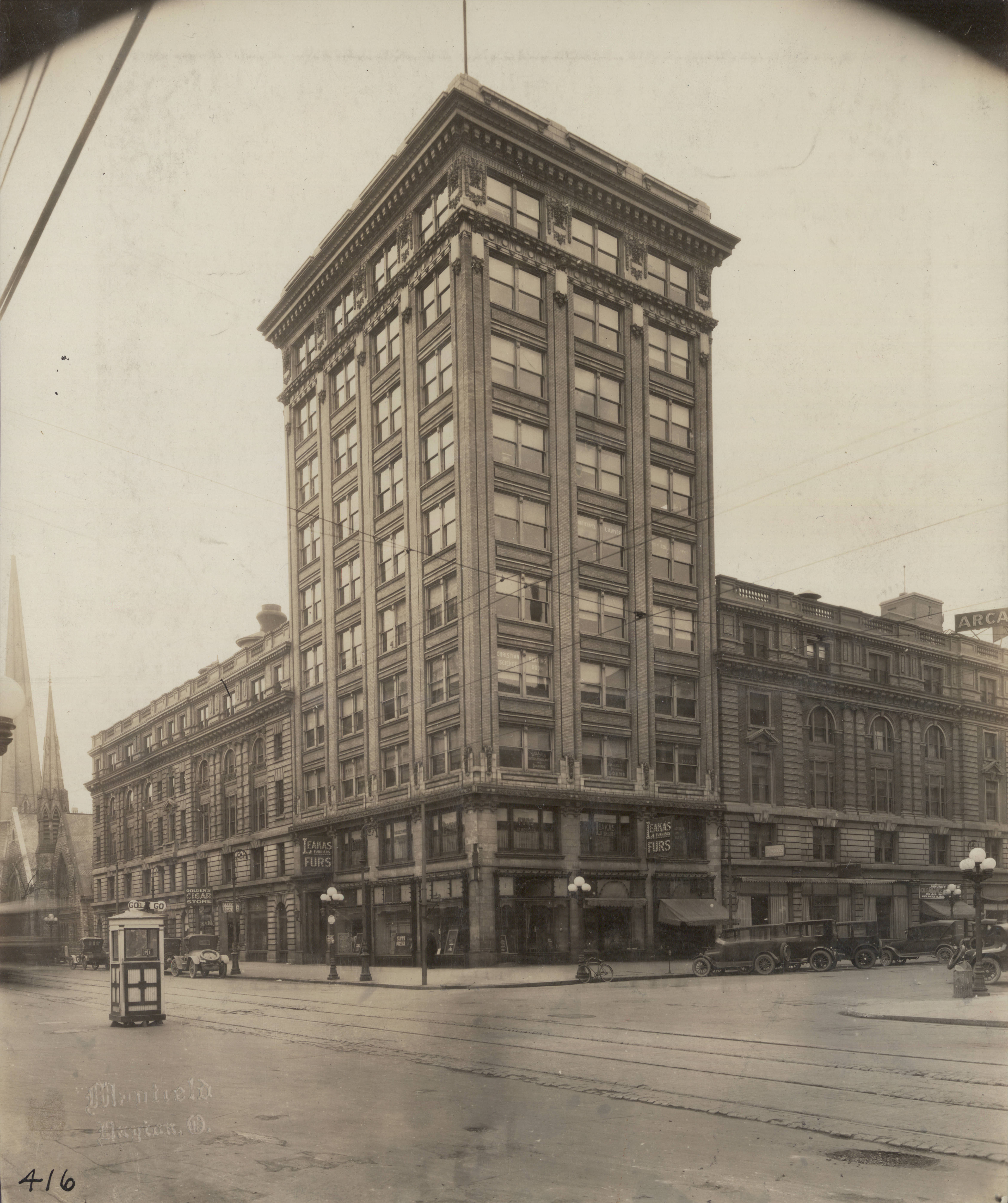
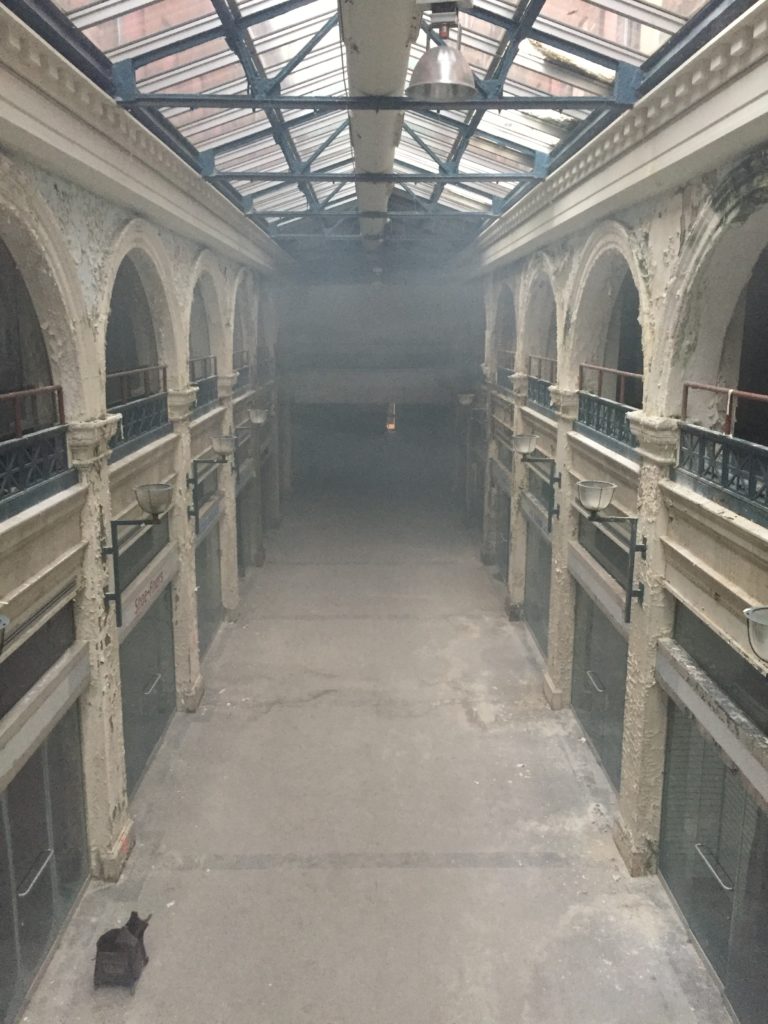
Leave a Reply